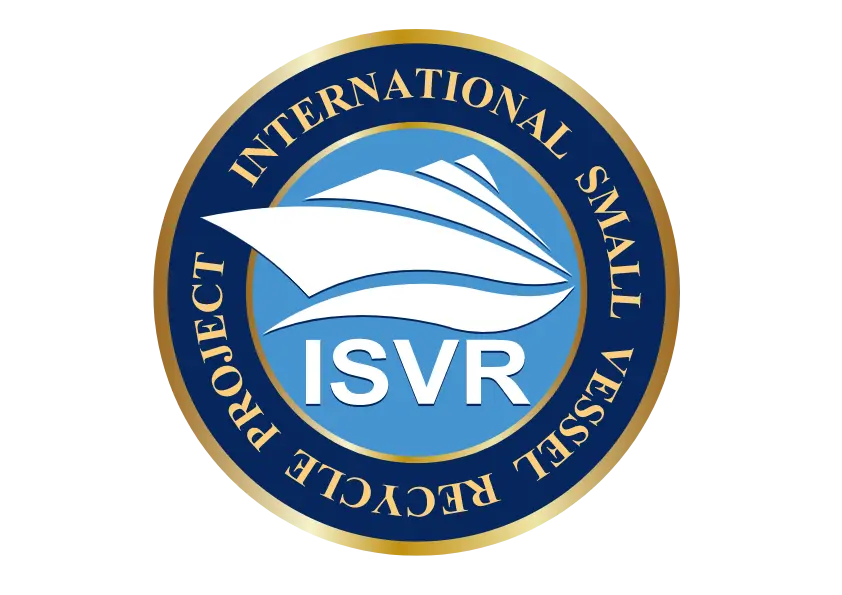The first step https://nerdbot.com/2025/06/10/the-key-benefits-of-accounting-services-for-nonprofit-organizations/ in creating a nonprofit budget is to determine the organization’s financial goals and objectives. This will help to ensure that the budget is aligned with the organization’s overall strategy and that resources are being allocated in a way that supports the achievement of these goals. To truly stick to your budget—and ensure you have enough money to fulfill your nonprofit’s mission—you need an efficient way to manage cash flow and organize spending. Relay is an online banking and money management platform that can help you (and your team members) avoid overspending, get clear on income, and simplify financial management. Nonprofits fund employee salaries through diverse revenue streams, including grants, donations, program fees, and earned income. Many organizations include salary costs in grant proposals and build appropriate overhead into their program budgets.
Benefits to budgeting for nonprofits
The annual budget focuses on the nonprofit’s planned financial activities, expected revenue sources, and expenditures for the fiscal year ahead. While the annual budget is the primary financial plan, organizations often use other types of budgets to manage different aspects of their finances. Maximizing efficiency and financial health is crucial for a nonprofit’s long-term success. Effectively 5 Main Benefits of Accounting Services for Nonprofit Organizations managing the annual budget allows for informed decision-making and streamlines financial close-out processes.
Consider fluctuations in revenue and expenses.
As many as two-thirds of businesses are currently using corporate partnerships to improve their reputation, build brand awareness, and increase customer loyalty. Example, if a university is looking to raise funds to build a new library, an organization may donate the required funds in exchange for naming the building after their founder. The accounting rate of return refers to calculating how much money you make from an investment. For example, if you buy a smoothie machine for your shop and it costs you $300, the accounting rate of return is measured from the point that you make back the initial $300 it cost to buy the machine. If you make $1,300 from the smoothie machine, your accounting rate of return would be $1,000.
Where Money Meets Mission®
- We also use different external services like Google Webfonts, Google Maps, and external Video providers.
- A nonprofit operating budget is a financial document that provides an overview of how a nonprofit organization is planning to spend its money.
- Budgeting for a nonprofit organization is much like planning that road trip.
- For this piece, we’re going to skip past the obvious tips of searching for the best deals and creating an annual budget.
During your last budget review meeting of each quarter, review your financial data more closely and take more time to visualize the current and future state of your organization’s activities. Excel is another popular tool for creating nonprofit budgets due to its ease of use and plethora of useful features. Using Excel, you can create tables that display the organization’s finances over time. A well-structured nonprofit budget serves as your organization’s financial planning roadmap, guiding decisions about program investments, staffing needs, and growth opportunities. This becomes particularly important when balancing mission-driven goals with fiscal responsibility, whether you’re running a local charity or a growing foundation.
Best Budgeting Strategies for Nonprofits: Plan for Success in 2025
- Continuous budget monitoring is crucial for effective financial management.
- It also breaks down the nonprofit’s operating expenses and overall costs.
- Collaborative budgeting allows staff members to prioritize projects and activities that directly contribute to advancing the organization’s mission.
- Zero-based budgeting requires examining every expense anew, regardless of its history in your organization.
- Budget planning includes some degree of forecasting and assumptions and boards should thoroughly vet assumptions before finalizing the budget.
- His passion lies in empowering these entities to optimize their operations through the strategic integration of technology, particularly in the realms of Governance, Risk, and Compliance (GRC).
- It publishes detailed annual reports to share its budget allocation and impact with stakeholders.
A budget for non-profit organizations must account for timing differences between revenue and expenses. Regular performance reviews and cost-benefit analyses help optimize resource allocation and ensure each program advances your mission effectively. Equally important are the indirect support costs that keep your programs running smoothly. Administrative oversight, financial management, IT support, insurance, facility maintenance, volunteer coordination, and grant compliance all contribute to program success. As mentioned at the outset, industry data shows that most nonprofits operate with dangerously low reserves, making this aspect of budgeting crucial.

No Comments yet!